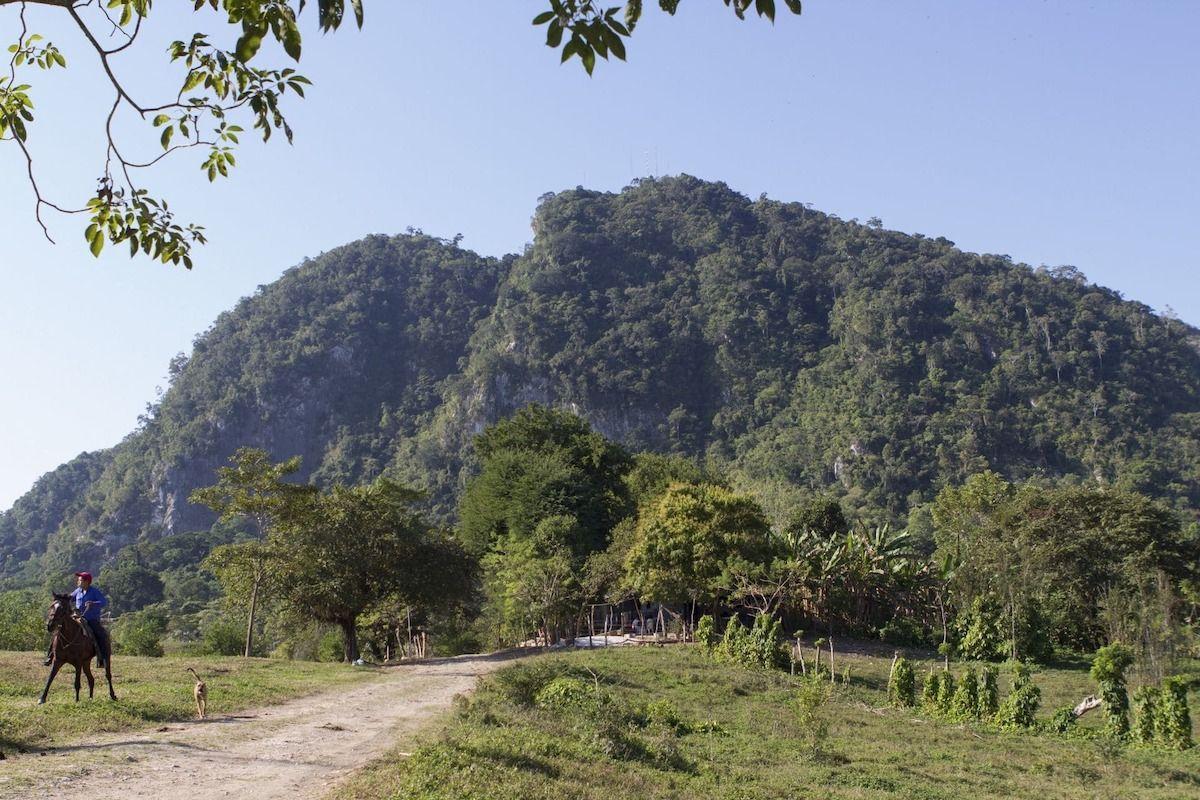In projects such as One Health in Selva Maya, open data is the basis of transparency so that governments can act efficiently on problems related to environmental, animal and human health. This is how Manuel Polo Sánchez, director of Bios Political Participation and Development A.C. (Bios A.C.), describes it.
For the past year, the organization has used this information to understand diseases that are transmitted from animals to humans. Considering that on average there are 1.7 million viruses in birds and mammals that could have an impact.
“This project seeks to contribute to the environmental sustainability of the Mayan Forest by integrating different educational and health sector strategies so that in the following years there can be access to strategic information that will help them to have better practices in relation to their environment at the local level,” said Manuel Polo Sánchez, director of Bios A.C.
In an interview with Journalism Causa Natura, Polo explains the relationship between the project and transparency following his participation in the second edition of the National Open Data Conference (DATACON) 2022, which took place on Thursday in Chetumal, Quintana Roo.
— How was the execution of the project?
At BIOS, we work in Quintana Roo and in the Selva Maya region, dealing with a very important issue that has to do with comprehensive health in Mexico, Belize and Guatemala.
This project identifies the local approaches to this issue and we seek synergies between the three countries to address the approach to environmental, animal and human health.
We seek to communicate at the local level by working with elementary schools, giving them elements that can complement study plans, facilitating activities with boys and girls from these localities. Addressing the main challenges that may exist for animal-to-human diseases to be treated efficiently.
— How does this relate to the open data provided by the government?
For the implementation of this project, we use public data, open data, on the main diseases in each country and municipality. Information on the public policy that is being implemented and what results it is having.
This is essential to have evidence of what is being done, what is being systematized.
And measure and evaluate the effectiveness of actions that are carried out independently and thus have a coordinated strategy that takes advantage of the efforts of each of the organizations in the countries.
— What were the challenges at the local level due to the lack of municipal information?
We use open databases at the federal level in Mexico, and nationally in Belize and Guatemala. But it's also important to have access to municipal information such as public service censuses and disease incidence reports.
It is fundamental information that can be tracked locally, however, we face the challenge that such information is not accessible or does not exist in appropriate formats.
That is why this work also seeks to generate recommendations so that local institutions can generate and systematize in an accessible way to make coordinated and effective strategies for zoonotic diseases in the Mayan Forest.
— How is this favored through events such as DATACON 2022?
DATACON brings us closer to different organizations and institutions that work with public data and open data to reflect on the importance of generating synergies and seeking to collaborate between different projects.
Also participate with federal and state transparency institutes and local agencies. Specifically, such as health or the environment.
For Bios A.C. it is essential because in this way we generate agreements and alliances that help us to share goals and projects with government institutions and institutions in the region.



Comentarios (0)